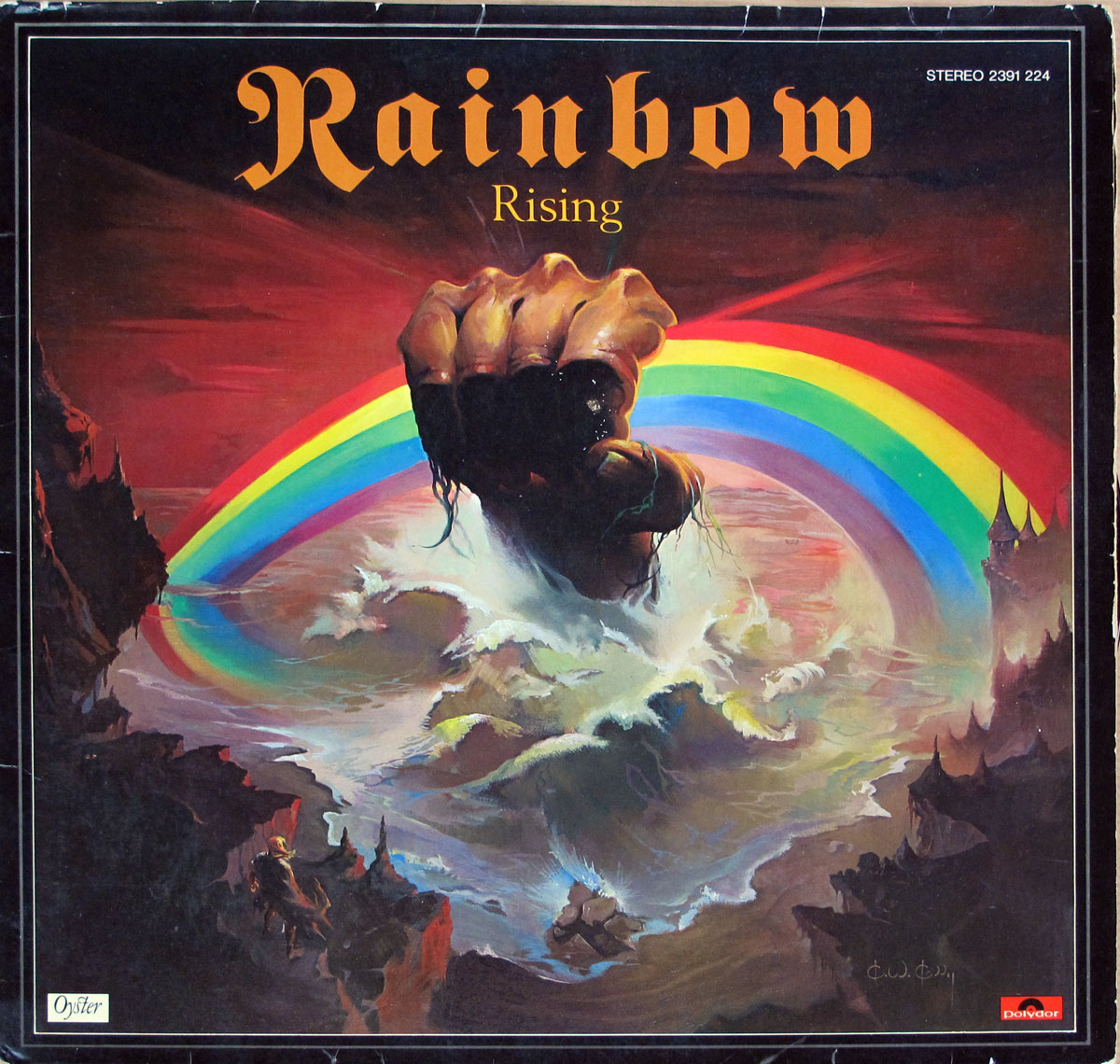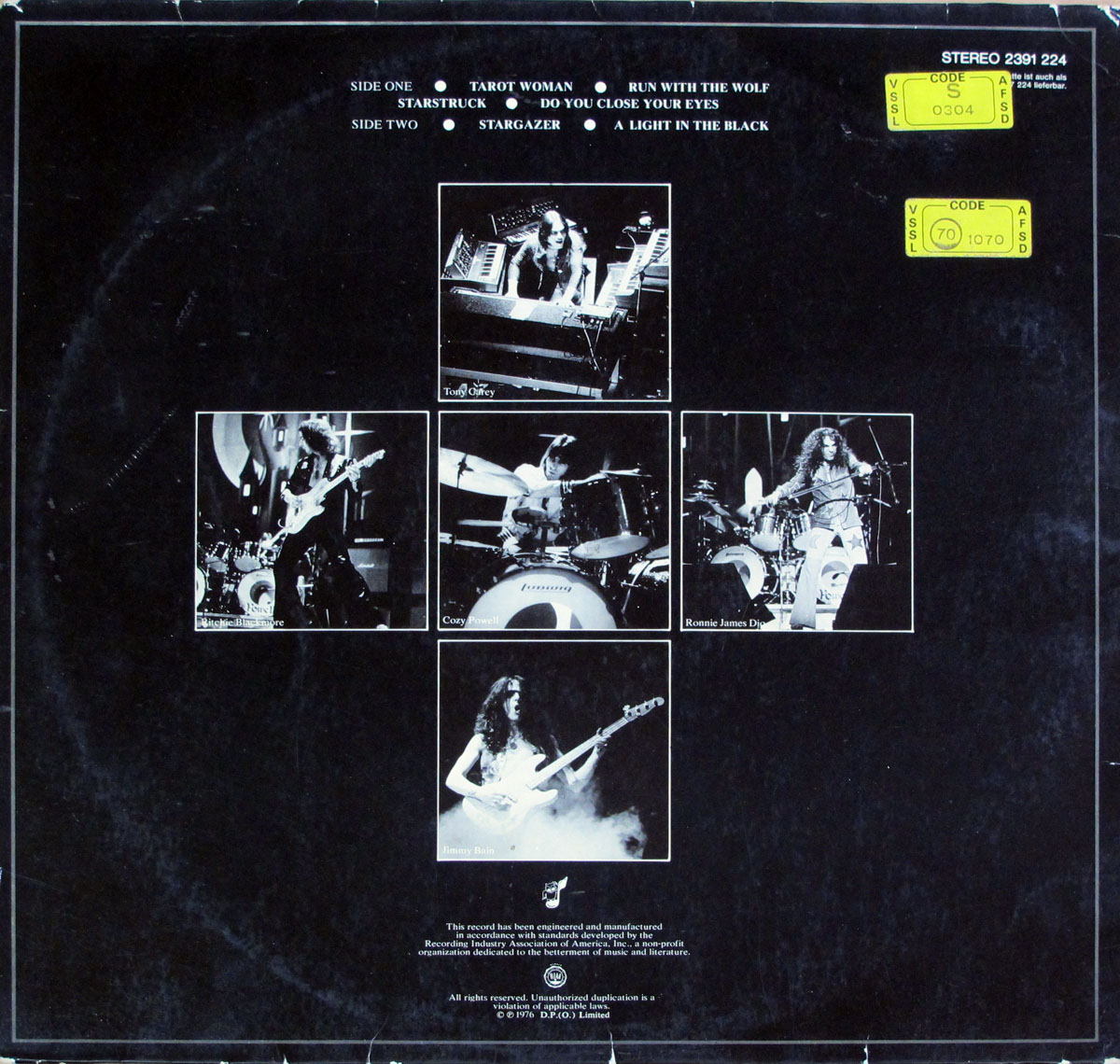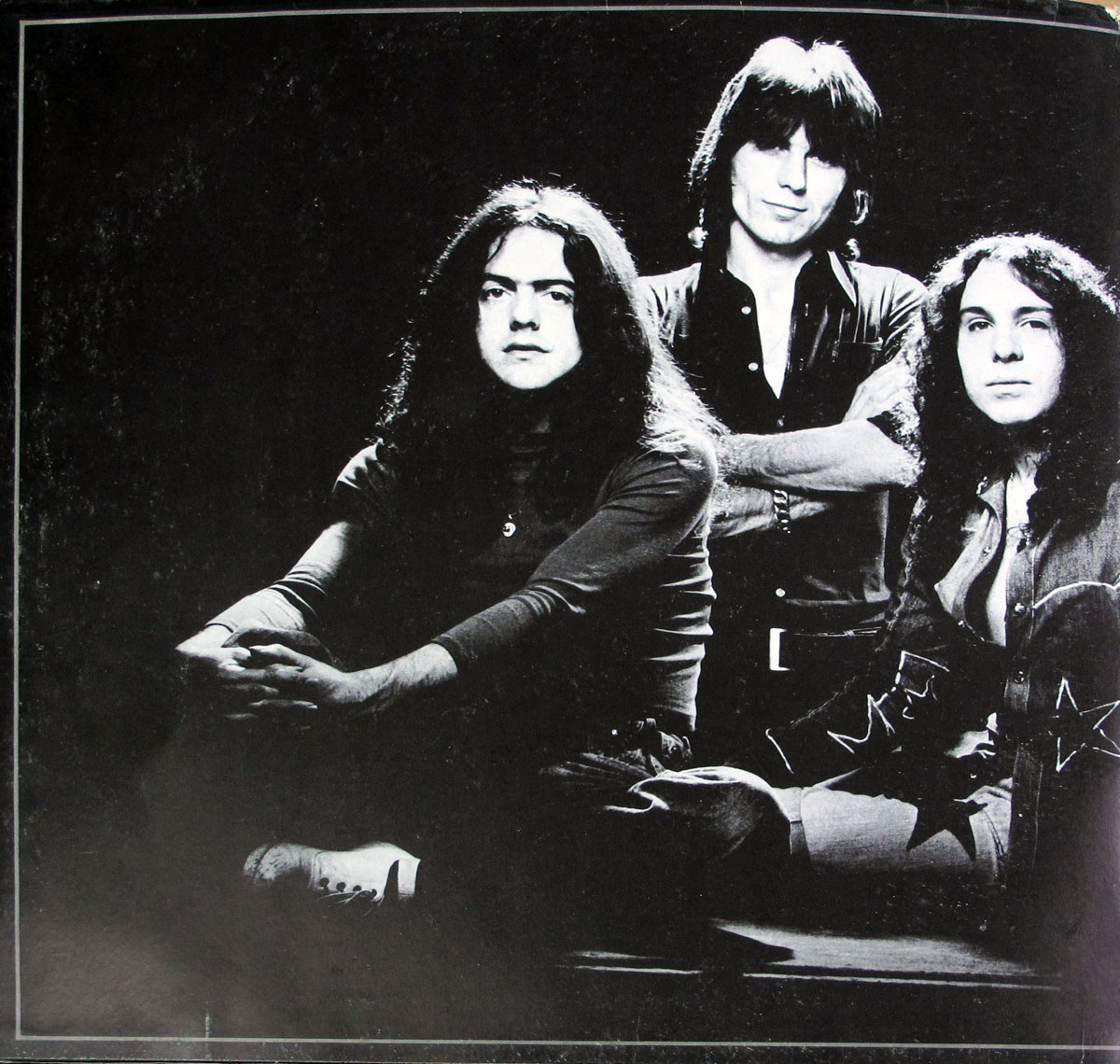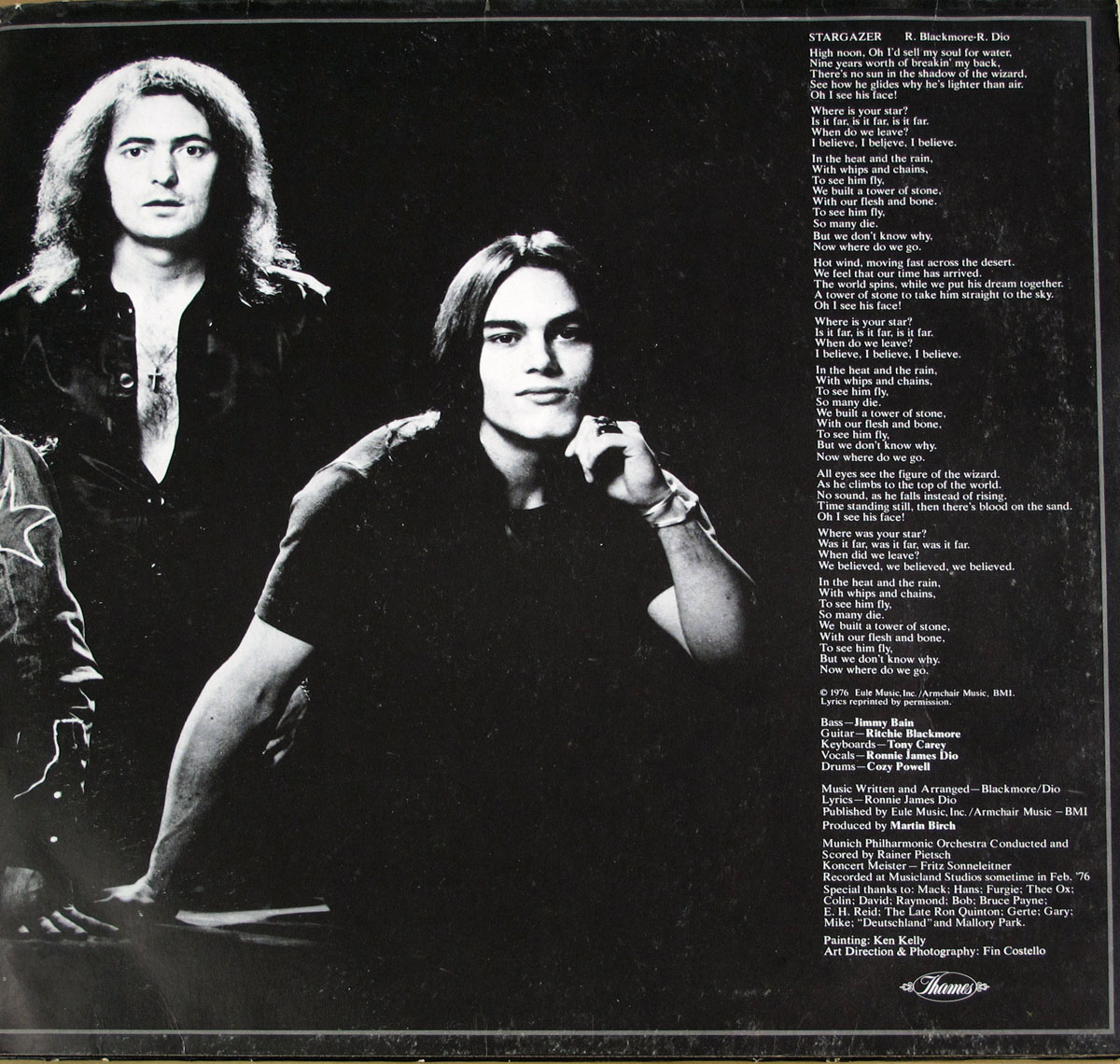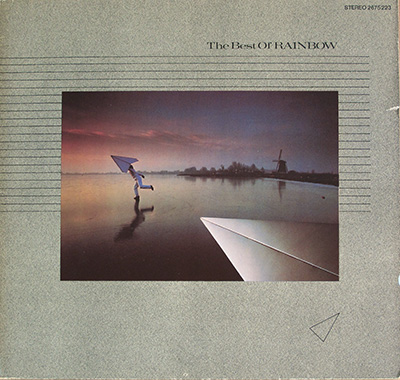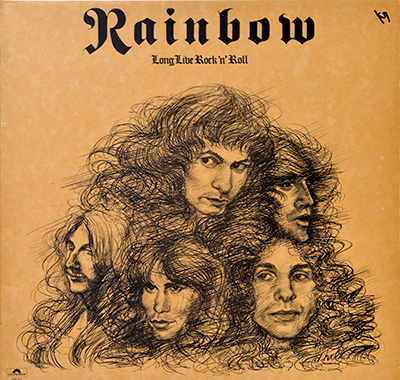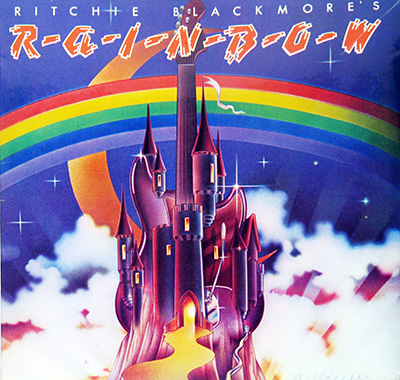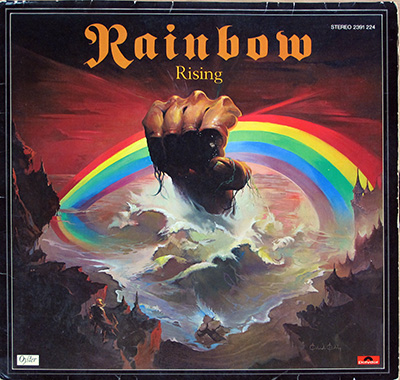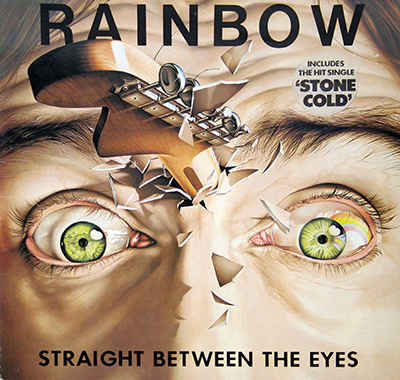In the smoke-filled, beer-soaked haze of the mid-70s hard rock scene, where giants like Led Zeppelin and Deep Purple reigned supreme, a new contender burst forth with a thunderous roar: Rainbow's "Rising." This wasn't just another album; it was a sonic hurricane, a musical maelstrom that redefined the genre and left an indelible mark on rock history.
1976 was a year of upheaval and change. The flower power dreams of the 60s had withered, and the world was grappling with economic turmoil and social unrest. But amidst the chaos, rock music remained a beacon of rebellion and release. Rainbow, led by the enigmatic guitar virtuoso Ritchie Blackmore, tapped into this zeitgeist, channeling the raw energy and angst of the times into a sonic explosion.
"Rising" wasn't just a collection of songs; it was a musical journey, a concept album that explored themes of mythology, fantasy, and the human condition. Blackmore, fresh from his departure from Deep Purple, assembled a powerhouse lineup: the soaring vocals of Ronnie James Dio, the thunderous bass of Jimmy Bain, the intricate keyboards of Tony Carey, and the relentless drumming of Cozy Powell. This wasn't a band; it was a musical force of nature.
The album's opening track, "Tarot Woman," sets the tone with its ominous, swirling keyboards and Dio's dramatic vocals. Blackmore's guitar riffs are like lightning bolts, electrifying the song with their sheer power and precision. "Run with the Wolf" is a hard-driving rocker, a call to arms for the disaffected youth of the 70s. Dio's lyrics are both poetic and visceral, painting vivid images of rebellion and freedom.
The centerpiece of "Rising" is the epic "Stargazer." This 8-minute opus is a musical odyssey, a journey through the cosmos fueled by Blackmore's soaring guitar solos and Dio's operatic vocals. It's a testament to the band's ambition and their willingness to push the boundaries of hard rock. "A Light in the Black" is a relentless instrumental showcase, a dizzying display of virtuosity that leaves the listener breathless.
"Rising" wasn't without its controversies. Some critics accused the band of being overly theatrical and bombastic. But that was precisely the point. Rainbow wasn't interested in subtlety or restraint. They were about excess, about pushing the limits of rock music to the breaking point. And in doing so, they created an album that was both exhilarating and unforgettable.
Produced by Martin Birch, known for his work with Deep Purple and Black Sabbath, and recorded at Musicland Studios in Munich, "Rising" is a sonic masterpiece. The album's sound is rich and layered, with each instrument given its own space to shine. Blackmore's guitar tone is particularly impressive, a perfect balance of power and clarity.
"Rising" wasn't just a commercial success; it was a critical triumph, hailed as one of the greatest hard rock albums of all time. It cemented Rainbow's place in rock history and inspired countless musicians to pick up their instruments and chase their dreams.
